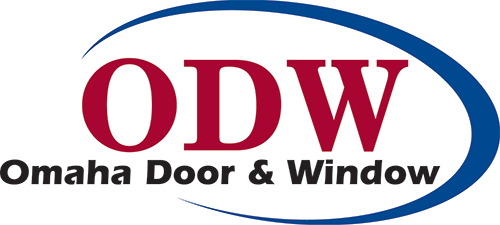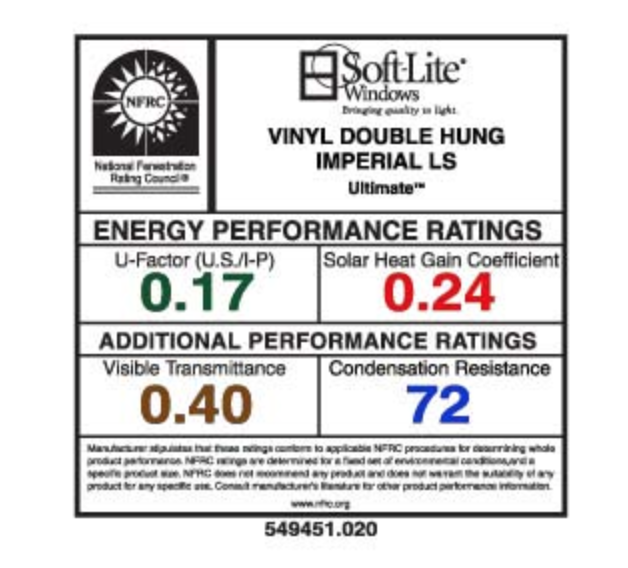When shopping for windows, it may not be immediately clear to you if one window is better than another. Many uninstalled windows look similar, after all, so it can be hard to tell how a window will perform when it’s installed in your home. Even so, purchasing quality windows is essential, and there are in fact ways to tell a window’s quality when choosing windows for your home.
One of the most popular methods for evaluating a window’s performance is certification from the National Fenestration Rating Council (NFRC), a nonprofit organization that has established a voluntary national energy performance rating and labeling system for fenestration products. You’ll find NFRC labels on all windows on the market today, and these labels exist to help you tell how a window will perform when it’s installed in your home.
Here’s what you need to know and look out for when reading an NFRC label:
- U-Factor: The lower the U-factor, the better a product is at keeping heat in. U-factor or U-value measures how the complete window (glass and frame) prevents heat from escaping. Ratings generally fall between .2 and 1.20. ODW’s Imperial U-factor rating is 0.17.
- Solar Heat Gain Coefficient (SHGC): The lower the SHGC, the better a product is at blocking unwanted heat gain. The lower the SHGC number, the less solar heat is transmitted through the window. Ratings generally fall between 0 and 1.0. ODW’s Imperial SHGC rating is 0.24.
- Visible Transmittance (VT): The higher the VT, the more visible light is transmitted through the window. Visible transmittance measures how much light comes through a window. Ratings generally fall between 0 and 1.0. ODW’s Imperial Visible Transmittance rating is 0.40.
- Air Leakage (AL): The lower the AL, the better a window is at keeping air out. AL is optional, however, and many manufacturers choose not to include it on their labels. Ratings generally fall between 0.1 and 0.3. ODW’s Imperial Air Leakage rating is 0.02.
- Condensation Resistance (CR): Another optional rating, condensation resistance measures the ability of a product to resist the formation of condensation on the interior surface of the window. The higher the CR, the better that product is at resisting condensation. Ratings fall between 0 and 100. ODW’s Imperial Condensation Resistance rating is 72.
Although these labels may seem complicated at first, once you understand what to look for, NFRC labels are actually extremely useful in the window selection process.
NFRC energy performance ratings are important when evaluating a window’s performance. That said, they aren’t the only ratings you should be concerned about. The American Architectural Manufacturer’s Association (AMAA) and Energy Star ratings are also important, and our popular Soft-Lite windows have extremely positive ratings for both. Please see our window page for more information on interpreting and rating a window’s performance.
If you have any questions during the window purchasing process, don’t hesitate to reach out to us via our website’s Contact Us page—we know windows and would love to help you through your window selection process. We’re also available on Facebook and on Twitter @OmahaDoor.

